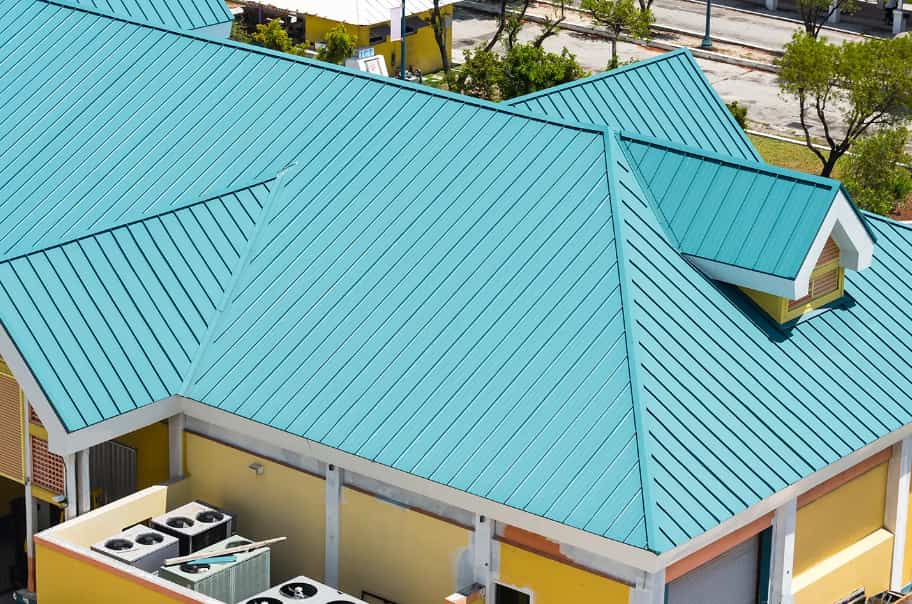Preparing Your Space for Professional Architectural Metal Roofing
When it comes to architectural metal roofing, preparation is key to ensuring a successful installation and long-lasting performance. Whether you’re upgrading an existing roof or embarking on a new construction project, getting your space ready can significantly impact the quality and durability of the finished result.
Here’s how to prepare effectively for a professional installation process:
1. Assess and Plan
Before the installation team arrives, conduct a thorough assessment of your space. Check the current condition of the existing roof and underlying structure. Any damage or weaknesses should be addressed beforehand to avoid complications. If necessary, consult with a professional to evaluate whether any additional support or repairs are needed.
2. Clear the Area
Ensure that the area around the building is clear of obstacles. This includes removing any garden furniture, vehicles, or other items that could impede the work. It’s also advisable to protect any nearby plants or features from potential damage during the installation. A clean and accessible work area not only facilitates efficient installation but also reduces the risk of accidents.
3. Verify Safety Measures
Safety is paramount when working with roofing materials. Confirm that the installation team has appropriate safety equipment and protocols in place. If you’re handling any part of the preparation yourself, ensure you use the correct protective gear and follow safety guidelines. Proper safety measures help prevent injuries and ensure a smooth installation process.
4. Prepare for Waste Management
Architectural metal roofing projects can generate a significant amount of debris. Make arrangements for waste disposal by setting up bins or containers where old roofing materials and packaging can be collected. Efficient waste management is crucial for maintaining a clean work environment and ensuring that the installation site remains organised.
5. Understand the Material
Familiarise yourself with the type of metal roofing being installed. For instance, a zinc roof is known for its longevity and minimal maintenance requirements. Understanding the characteristics of your chosen material helps in making informed decisions about its care and ensures you can effectively communicate any specific requirements to the installation team.
6. Coordinate with Your Installer
Finally, maintain open communication with your chosen roofing contractor. Confirm the schedule, discuss any specific concerns or requirements you may have, and ensure that all logistical aspects are addressed. Coordination helps avoid misunderstandings and ensures that the installation proceeds according to your expectations.
Preparing your space effectively is essential for a successful architectural metal roofing installation. By following these steps, you’ll contribute to a smoother installation process and enjoy the benefits of a high-quality, durable roof.

